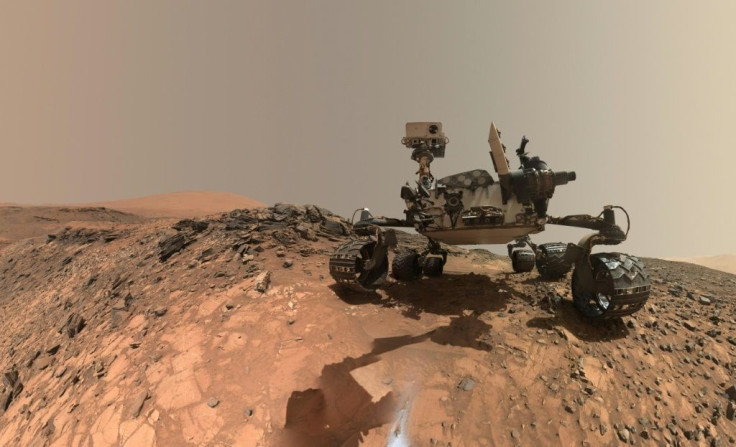NASA’s New Job Opening Is For Someone Who Will Return Samples From Mars

KEY POINTS
- NASA's new job ad is for the position of MSR Director
- The director will help bring back samples from Mars
- The MSR program is composed of three stages
NASA is looking to hire someone who will be part of the agency’s historic mission to Mars. According to a new job ad posted by NASA, the current open position is for someone who will oversee the agency’s upcoming sample-return mission on Mars.
The job ad was posted by NASA through the U.S. government’s website. It is for the position of Director for the Mars Sample Return (MSR) program.
As head of the program, the successful candidate will oversee various tasks related to the different stages of the MSR. These include planning for the mission, developing the various procedures for the MSR and handling the actual operations of the mission.
“The incumbent is responsible for implementation of all MSR program activities, beginning with mission formulation and continuing through design, development, launch, and mission operations,” NASA stated in the job ad. “The incumbent also assesses and evaluates the total flight program design, development, and operational activities.”
According to NASA, the program’s director will earn an annual salary of up to $188,066.00. The job requires relocating to the agency’s facility in Washington, D.C. Those who are interested in applying for the position may do so until Feb. 5.
As its name suggests, the MSR mission is focused on collecting samples from Mars so they can be studied in laboratories on Earth. Although the agency has already sent numerous robotic missions to the Red Planet, this will serve as the first one that will collect samples for Mars.
To accomplish this objective, NASA has divided the MSR into three stages. The first one involves the launch of a new Mars rover, which is scheduled to take place in July. Once it reaches the Red Planet, it will carry out the second stage of the mission, which involves collecting Mars samples.
For the third stage of the mission, NASA’s partner the European Space Agency will send a spacecraft to Mars to retrieve the samples, which will be placed inside a canister and launched into Mars’ orbit.
If all goes well for the agencies, they will be able to successfully return samples from Mars within the next decade. Through these samples, scientists will be able to uncover new information about the Red Planet, such as the possibility of alien life existing on Mars.
© Copyright IBTimes 2024. All rights reserved.





















